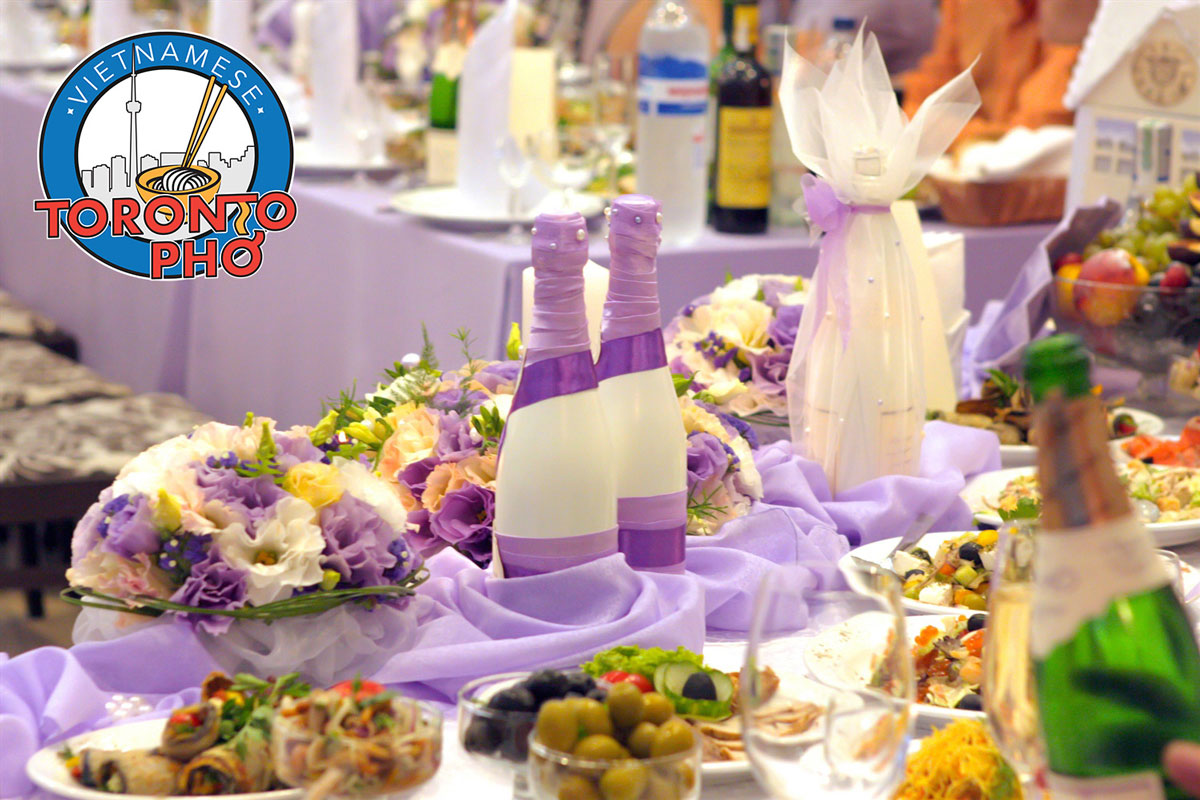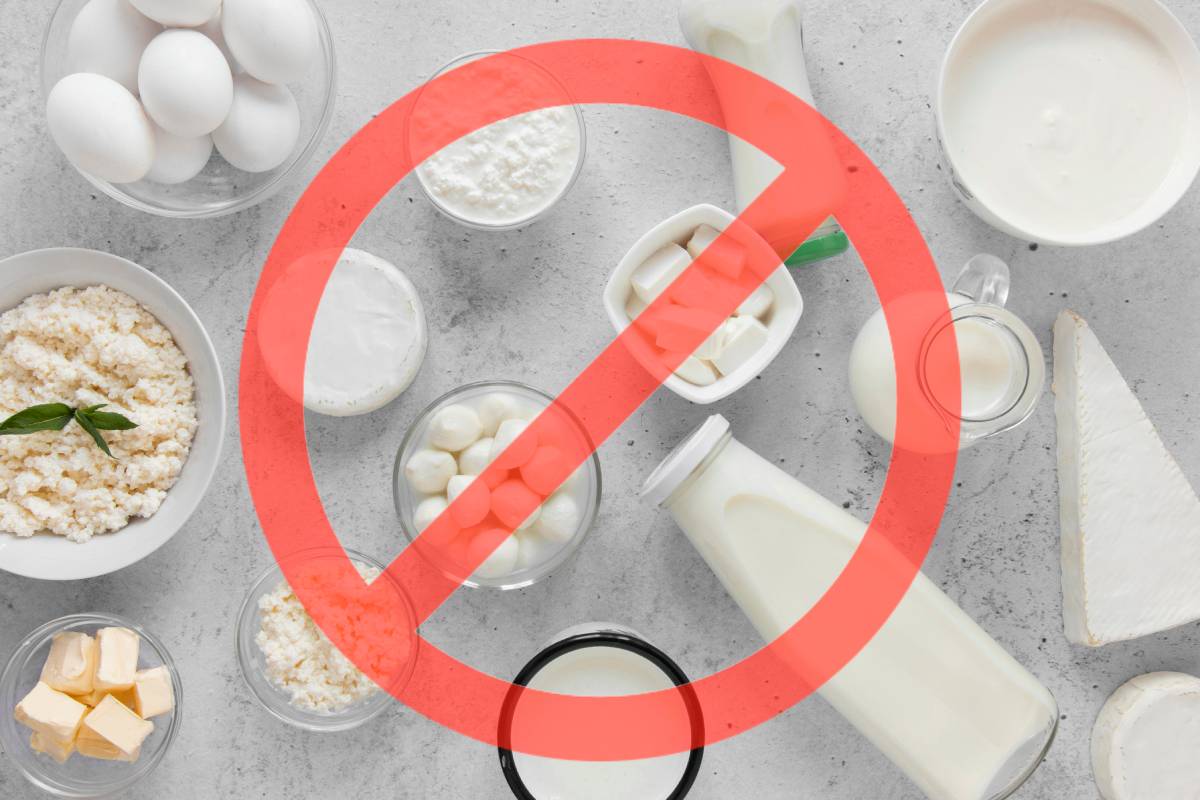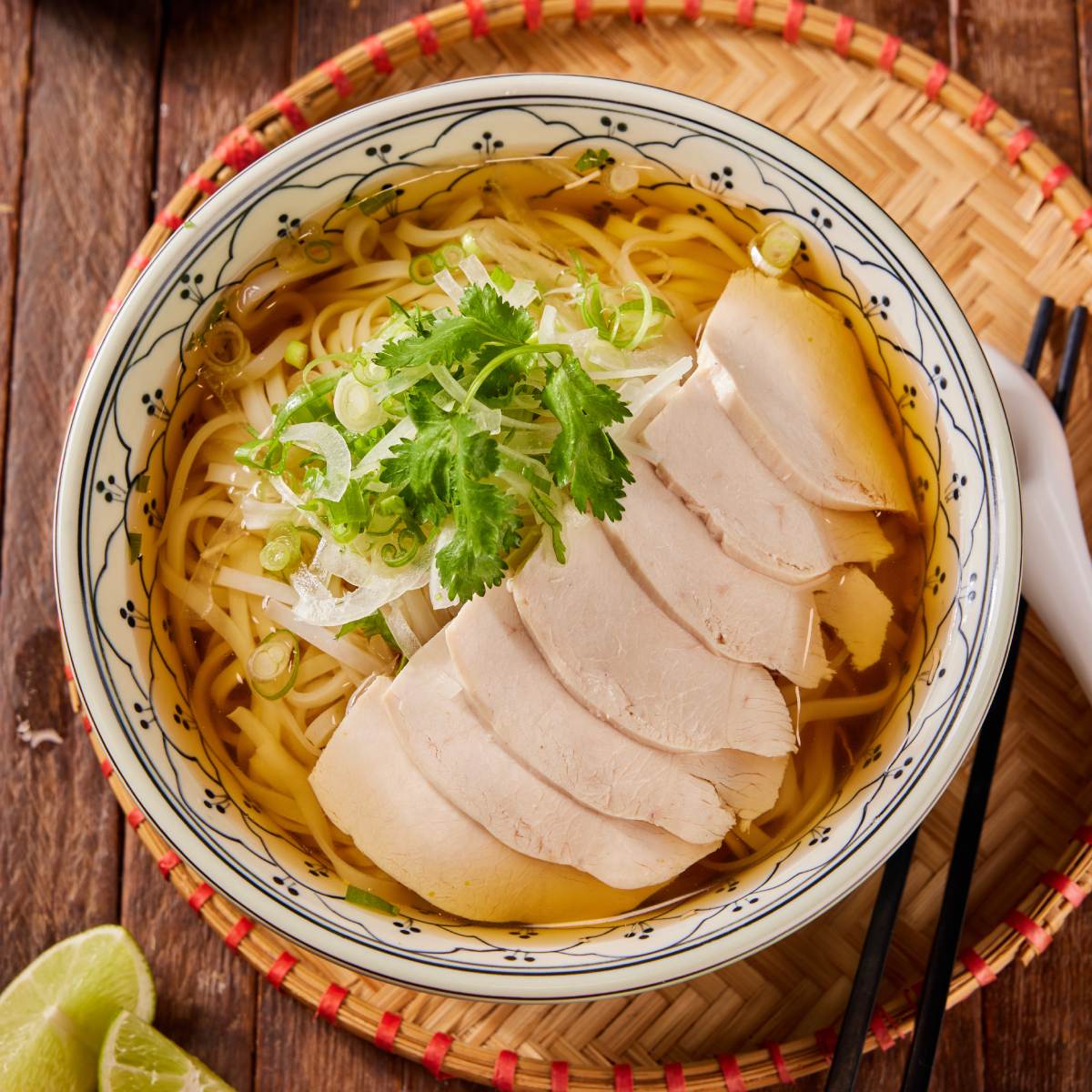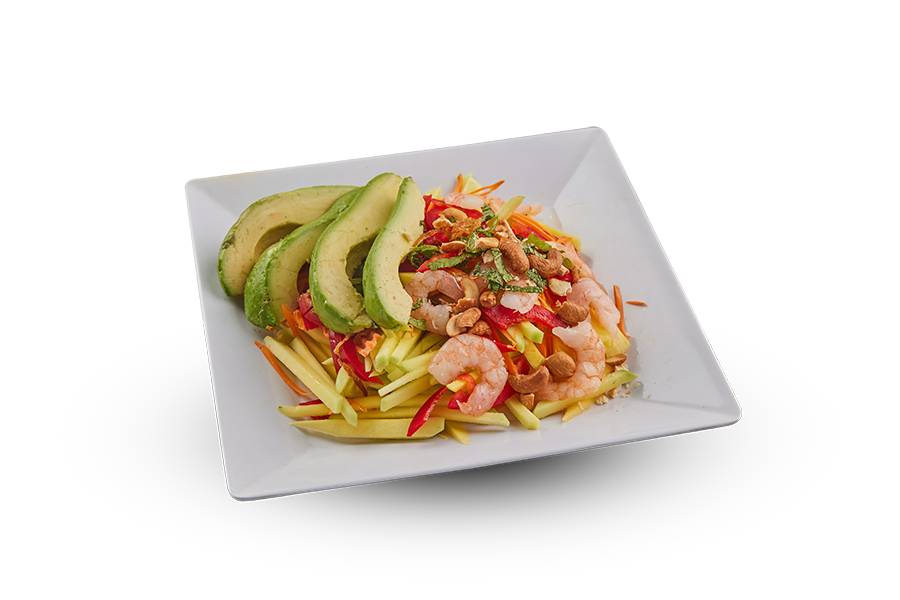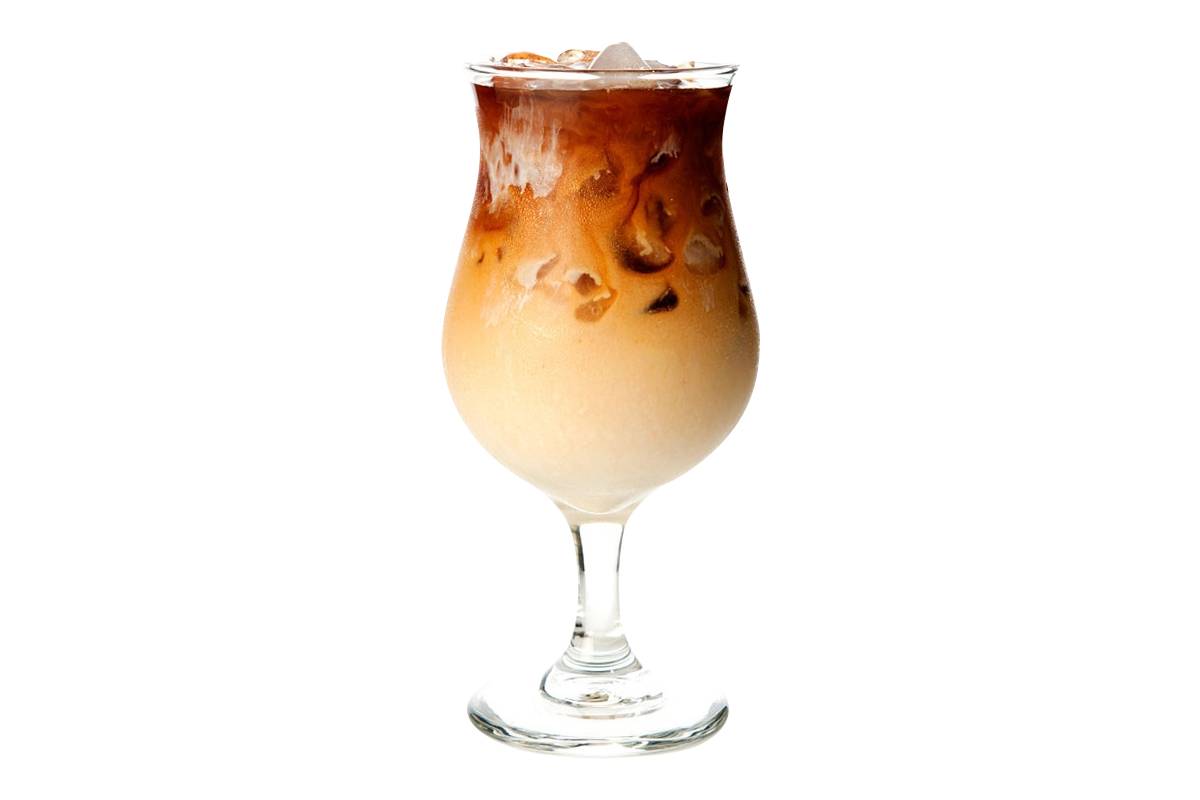The average Vietnamese feast has two courses – a main and a dessert. The main dish is usually salty whereas the dessert is sweet. This achieves a balance, something always important in Vietnamese cuisine. All dishes are enjoyed collectively, except for the individual bowls of rice. Every main course dish is served simultaneously instead of one after the other. The major dish is usually placed in the middle of the table and is typically a big pot of pho.
A basic feast is going to include a total of ten dishes – five in bowls and five on plates. As an example, the five bowls may be fried fish belly, cellophane noodles, bamboo shoot, meatballs, bird or chicken stew, and the five plates may be Vietnamese sausage, boiled chicken or duck, Vietnamese salad, and a stir-fry of some sort. This is a very traditional way of preparing foods, typically how it’s done in northern Vietnam. In other parts of Vietnam, there are variations on the feast.
Then, there’s the feast offered to ancestors which typically involves sticky rice, boiled chicken, Vietnamese rice wine, and preferred foods from the past. At feasts like these, or the feast of Tet, gifts are sometime also given prior to guests leaving.
Comparatively, the average Vietnamese meal can also be rather sizeable in the variety of prepared foods. It’s not uncommon to see a large pot of steamed long-grain white rice, fish or meat of some kind, a stir-fry dish, raw or steamed vegetables, a clear broth akin to Vietnam pho, prepared fish sauce, fresh fruits, desserts, small dishes of relishes, and other dipping sauces. Just like in a feast, all dishes are served in a communal environment and shared in the middle of the table. There are also some common ways to behave at a feast expected, such as younger members of those seated waiting for the elders to eat first. The women at a Vietnamese feast are expected to sit next to the rice pot and serve rice for other people. As the matriarchs, they have an assigned role.
Different Vietnamese families celebrate in different ways and with that, especially among those who have immigrated to places like Canada or the United States, they make their own customization to traditional feasts. If you’re attending a Vietnamese feast, it is best to assume traditional expectations are being upheld. If anything is unclear during the course of the ceremony, be sure to ask. Unlike North American feasts, Vietnamese feasts are very much interpreted as ceremonial and thus, conduct counts.
For when you’re not looking for a Vietnamese feast but just a great bowl of pho in Toronto, visit Toronto Pho. There aren’t any prerequisites or expected behaviours at Toronto Pho. That said, you’ll still get some amazing authentically prepared Vietnamese pho from a wide number of flavors. Choose your favourite today!

